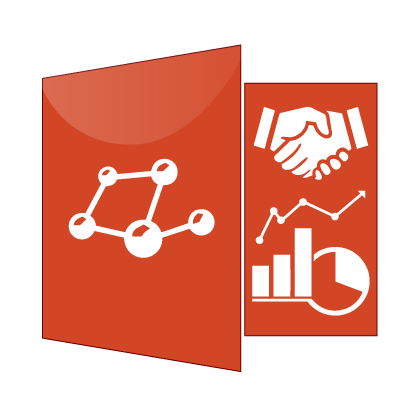Participatory Mapping for Empowerment

The paper “Participatory Mapping as a tool for empowerment” (ILC_PM) brings together a number of tools, approaches and experiences of the International Land Coalition (ILC) network on community-mapping approaches that can be effective in securing land rights. Locally-produced maps can be used to buttress a community’s own vision of the many interrelations between people and the surrounding environment, and present a collective expression by the community of their entitlements. They have been used successfully in many contexts to persuade decision makers of the legitimacy of local claims to land and natural resources.
Community mapping methods are pragmatic and opportunistic combinations of traditional and Western technology and practices, guided by considerations of what works, what is available, and what can be afforded. The paper gives an overview of some of the key mapping technologies and approaches that have been found useful in community mapping, and some of the unintended consequences or benefits from their use, particularly in terms of building up self-sufficiency and self-confidence.
The tools include: (1) the collection of original field data, using interviewing and sketch-mapping, (2) GPS units and compass binoculars, (3) computer mapping, (4) 3-D modelling.
Interviewing and Sketch Mapping constitutes the entry phase and the essential core of community mapping. Sketch mapping can work as a complement to conversations with informants. In some cases, as in PRA applications, all that is needed is a sketch map. In others, especially for external transactions, sketch-mapped data are transferred to topographic maps. A variant of sketch mapping is Asset Allocation Mapping, particularly used by indigenous communities with the ultimate aim of enabling them to make informed decisions over the allocation of their territorial assets.
GPS is increasingly essential for accurate positioning. One way to produce geographically accurate maps is to use graphics software, such as Adobe Illustrator.
GIS remains an optional tool for processing the data collected. The threshold to use GIS is lowered when communities decide to move from one-off tenure maps to mapping as an instrument for resource management, and as mapping hardware and GIS software continue to evolve in more user-friendly and financially accessible ways.
Image maps, derived from aerial and space imagery, are becoming more popular in community mapping, as they bring significant advantages: (1) landscape images can be more understandable to community members than symbol-based maps, allowing interpretation without prior training, (2) more varied and finer spatial detail than topographic maps, (3) image maps are becoming cheaper, are often free, and internet-accessible.
3-D modelling is easily learned and provides an accurate and immediately understandable representation of a landscape, and therefore useful for mapping features on traditional lands, provided it is used at large scale and in limited areas.
T he experiences of ILC’s network members suggest that mapping initiatives are undertaken with at least
five key purposes in mind: (1) providing community cohesion and leverage for collective action, (2) identifying, adjudicating and registering land rights, (3) improving land-use planning and management, (4) supporting land dispute or conflict resolution, and (5) forming a basis for territorial planning and socioeconomic integration.
Some important lessons can be drawn from these experiences:
1) Mapping is most successful in helping gain security of tenure and use rights when land administration institutions and decision-making processes are to some extent accessible and accountable to rural people. For this reason many ILC network members develop strategic partnerships between government and civil society in an effort to make mapping outcomes binding.
2) Mapping needs to consider both primary (ownership) and secondary (use) rights. As ownership rights may appear more clearly than others, a mapping process carries the risk of obscuring the bundle of secondary use rights, thus reducing the livelihood options of those relying on them.
3) theultimate aim of mapping land rights may not be the final lines on a map so much as developing the community’s ability to resolve conflict, build consensus and take collective action.
4) advanced technology, such as GIS, carries the risk of increasing the conceptual distance between those making the maps and those providing the local knowledge that nurtures the maps, hence the importance of capacity-building in the use of mapping technologies for empowering rural communities.
Three case studies provide details of the different community mapping methods used:
1) PAFID: Participatory 3-D Modelling in Mindanao - The Philippines
2) Grupo Tierra: GPS supported community mapping in Nicaragua
3) HARDI: Citizen’s Cadastre in Madagascar using Satellite Imagery.
